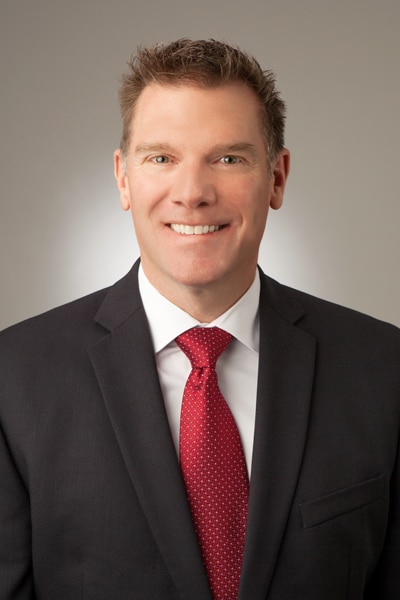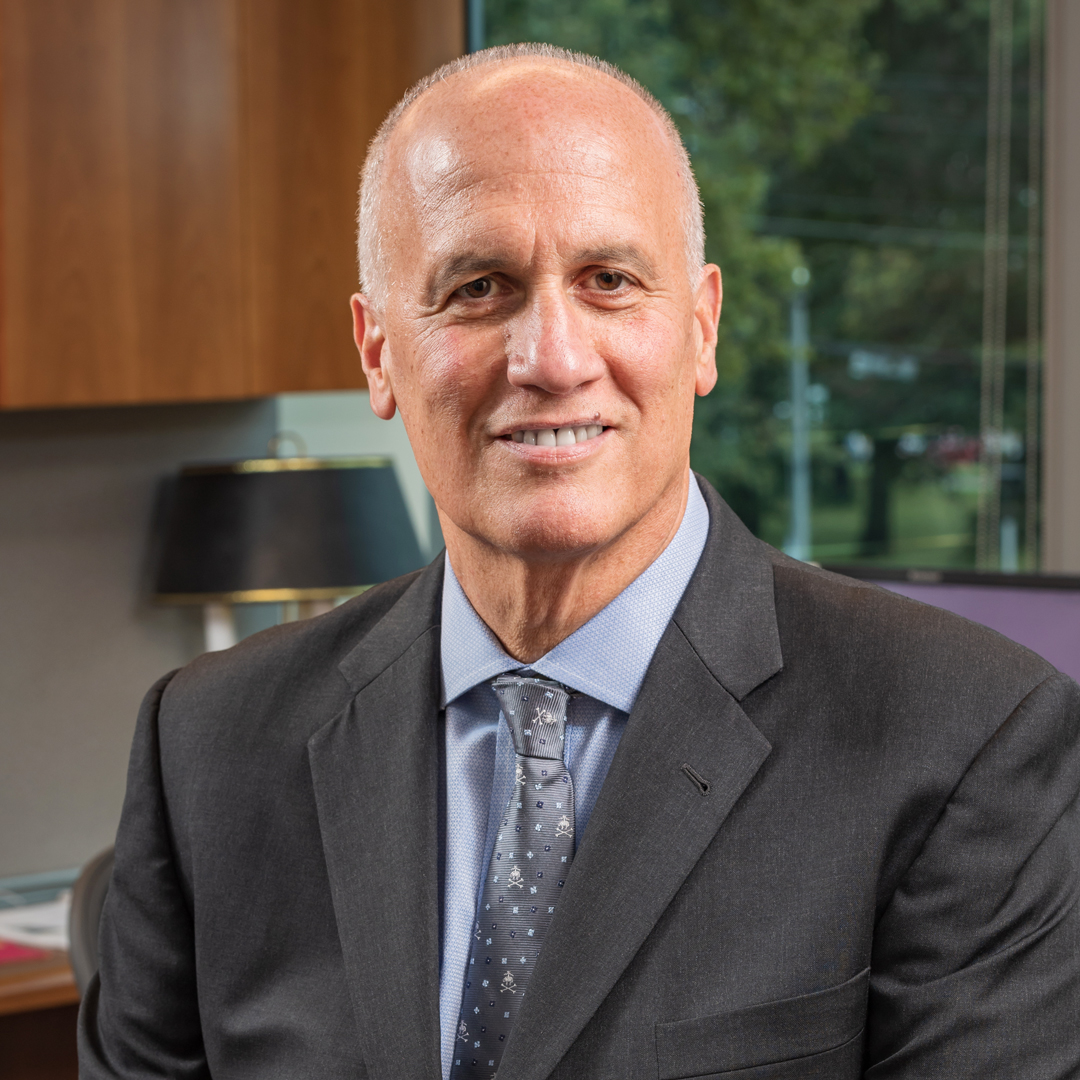Scott Graham is constantly working on going from “Good to Great.”
As a believer in the book of the same title by Jim Collins, Graham applied one of its key strategies, the Hedgehog Concept, to pharmacy operations at New Mexico-based Presbyterian Healthcare Services, where he took over as chief pharmacy officer in 2015. The Hedgehog Concept, part of Collins’s book “Good to Great: Why Some Companies Make the Leap…and Others Don’t,” takes its name from the wily little animal whose top talent is evading foxes. The framework is designed to help organizations discover and develop their primary expertise by focusing on three questions:
- What can we be best in the world at?
- What drives our economic engine?
- What are we deeply passionate about?
“The intersection of these three circles is where the magic happens,” Graham says. “Understanding and answering these three questions honestly allows one to adopt a laser-focused approach to developing strategy.”

Presbyterian’s pharmacy team decided they should focus on delivering world-class pharmacy care to improve patient outcomes and reduce per-patient cost, while elevating the practice of pharmacy in its health system and beyond. It’s an ambitious aim, and one that can never truly be checked off as complete. But putting it on paper helped the department set goals and select strategies to accomplish them in a rolling four-year plan they update annually.
Some of those strategies have since spread to other parts of Presbyterian. For instance, the pharmacy team was the first to implement “just culture,” which centers on constant learning and improvement with a focus on patient safety in healthcare. Just culture training is now moving across the Presbyterian system, which includes nine hospitals, more than one hundred outpatient clinics, retail and specialty pharmacy services, and a reference laboratory that is a joint venture with the University of New Mexico.
Presbyterian’s first “model cell,” based on lean leadership principals of reducing waste, increasing efficiency, and improving quality through engagement with frontline staff, also started in one of the system’s pharmacy sites. It has since expanded to four additional pharmacy sites and other departments within Presbyterian.
“And, based on the success of the model cell, Presbyterian is going to be adopting learnings from the pharmacy department to aid in developing a management system for the organization,” Graham says.
What’s more, these systems have translated into savings. Within the pharmacy department, Graham says these and other strategies, including development of an Enterprise Pharmacy and Therapeutics Committee, have helped lower per unit cost of medications on a year-over-year basis for the past three years, with the 2017 initiatives saving the company more than $4 million.
On the clinical side, the pharmacy team is focused on increasing its impact within the organization and the community as a whole, which is especially important in New Mexico, where nearly the entire state is a Designated Primary Care Healthcare Provider Shortage Area, according to the US Health Resources & Services Administration. Among other initiatives, Graham’s team has worked to get its pharmacist clinicians credentialed and privileged to help address community needs.
“Most of your chronic disease states today are driven by medication. So who better to be managing and tailoring your medication regimen than a pharmacist clinician who has spent six years in training for that?”
Through the credentialing process, pharmacist clinicians must undergo the same level of scrutiny as other medical providers. Privileging outlines the scope clinicians are permitted to practice under and puts periodic competence reviews in place. Pharmacist’s clinicians can perform physical assessments, order diagnostic tests, prescribe independently, and more. Presbyterian has about twenty-five clinicians practicing in its clinics—the largest number in the state—and in a number of settings including primary care, endocrinology, neurology, rheumatology, and more. Recently Presbyterian Pharmacy instituted its first inpatient pharmacist clinician service in a hospital setting.
“It really has created greater opportunities for pharmacists,” Graham says of the expansion of advanced practice credentialing. “And I would say Presbyterian has been at the forefront of recognizing the role pharmacists can play in the delivery of healthcare.”
Indeed, the dearth of doctors and other healthcare providers opens opportunities for pharmacists to get out from behind the pharmacy counter and into communities and clinics everywhere. With their skill set, pharmacists are also uniquely suited to treat today’s population, Graham says.
“Most of your chronic disease states today are driven by medication,” he says. “So who better to be managing and tailoring your medication regimen than a pharmacist clinician who has spent six years in training for that?”
Graham says pharmacists are also in the perfect position to advance organizational initiatives such as Presbyterian’s antibiotic stewardship and opioid stewardship programs. During a recent accreditation visit, one surveyor declared Presbyterian’s antimicrobial stewardship program, led by credentialed and privileged pharmacists prescribing independently, could be a model for the nation, Graham says.
Presbyterian’s opioid stewardship program helps to educate the community about the dangers of misusing prescription medications, oversees the appropriate prescribing of opioids across the organization, and offers services including drug take-back and disposal, buprenorphine induction, and naloxone dispensing services. The pharmacy team is also active in implementing a new mobile immunization program, taking immunization services into rural communities where services are most needed.
“New Mexico is a very rural state in many regards, and our immunization rate is a bit lower than the national average,” he says. “So we’re going to be taking immunizations into the community rather than expecting them to come to us.”
While such initiatives aren’t obvious or immediate money makers for the health system, they help improve the health of the overall community, which benefits Presbyterian and its providers in ways that can’t be measured by the bottom line. Their central goal is increasing their impact and moving patient outcomes from “Good to Great,” Graham says.
“I can honestly say, even with all of the challenges in healthcare, I don’t believe there has been a better time to be a pharmacist.”

